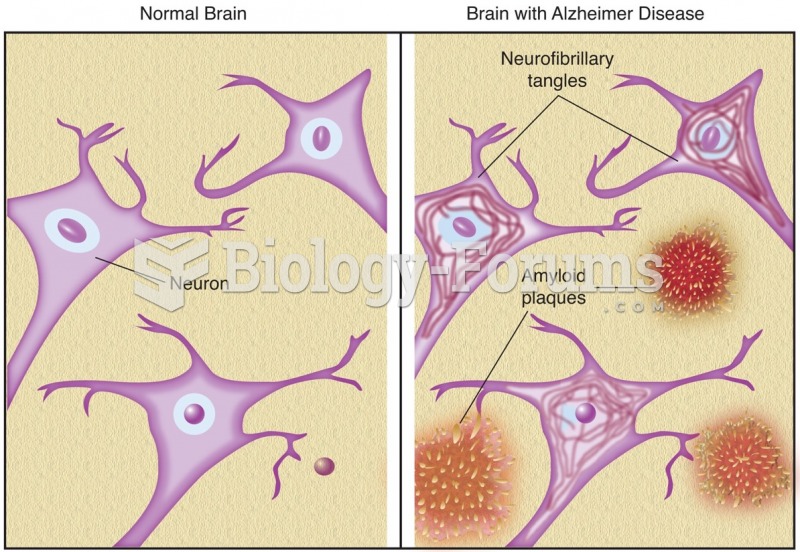|
|
|
The U.S. Pharmacopeia Medication Errors Reporting Program states that approximately 50% of all medication errors involve insulin.
Though methadone is often used to treat dependency on other opioids, the drug itself can be abused. Crushing or snorting methadone can achieve the opiate "rush" desired by addicts. Improper use such as these can lead to a dangerous dependency on methadone. This drug now accounts for nearly one-third of opioid-related deaths.
About 3% of all pregnant women will give birth to twins, which is an increase in rate of nearly 60% since the early 1980s.
The most destructive flu epidemic of all times in recorded history occurred in 1918, with approximately 20 million deaths worldwide.
There are 60,000 miles of blood vessels in every adult human.
 The Milestones of Adjustment Post-Psychosis model outlines a four-phase trajectory from a psychotic ...
The Milestones of Adjustment Post-Psychosis model outlines a four-phase trajectory from a psychotic ...
 An overall view of the four-cylinder engine that is due for a scheduled valve adjustment according ...
An overall view of the four-cylinder engine that is due for a scheduled valve adjustment according ...





